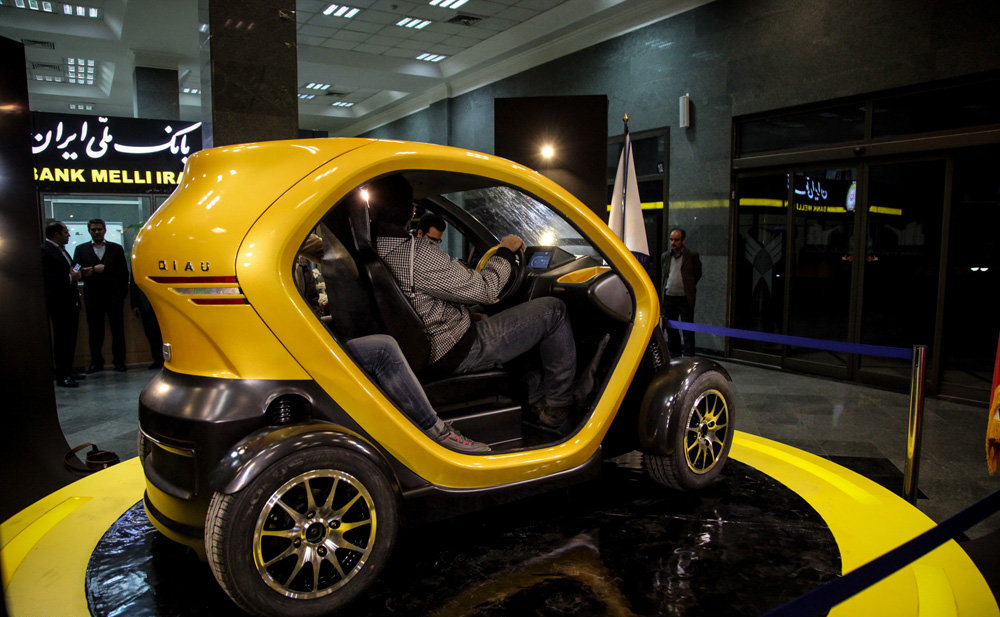High cost, an unpredictable market and lack of a supervisory body are the main challenges hindering the production of electric cars in Iran, according to a recent study conducted by Majlis Research Center.
A detailed report of the study was published on the think tank’s website earlier this week, which calls on the government to devise an incentive package to compensate for the high cost of electric cars.
The report also said a detailed roadmap is vital for promoting the use of such vehicles.
“All pertinent organizations and entities should work together for developing the roadmap, including ministries such as oil, energy and defense along with manufacturers, municipalities, Law Enforcement and the Department of Environment,” the report said.
Electric cars could be a suitable alternative, when the government cuts gas subsidies, it added.
The report further said government incentives for purchasing the vehicles, along with the development of infrastructures and imposition of traffic restrictions on diesel cars in key urban areas, could help promote the culture of using eco-friendly cars in the country.
Batteries remain a key issue, says the report, adding that “domestic production of batteries could lower prices for consumers”.
The report, however, noted that such moves would be costly at first, but will be compensated over time with the expansion of production.
Carmakers’ Performance
Data collected from experts at Iran Khodro Company and SAIPA—Iran's first and second largest carmakers respectively—show that electric cars would cost two to three times more than ordinary cars.
“An electric version of Runna would cost 960 million rials ($27,400), three times its current price,” the report said. “An electric Tiba would cost 600 million rials ($17,100) while it is currently sold for 240 million ($6,800).”
To address the high price of electric vehicle, Majlis Research Center makes an illogical proposal that the government guarantee the purchase of such cars.
“The government itself must be the consumer of hybrid vehicles,” it states.
While decentralization is the norm worldwide for enhancing the private sector's role in the economy, the proposal marks a backtrack on the government's avowed goal of privatizing state enterprises and reducing its footprint on the economic landscape.
Issuing Bonds
The report finally refers to an article in the National Annual Budget of the current fiscal year (started March 20), which makes it possible for the government to allocate funds to industries with high returns.
“The government is permitted to issue bonds or sukuk worth 100 trillion rials ($286 million) to raise the funds needed for implementing profitable plans like using electric vehicles for public transport,” the report said.
The sixth five-year economic development plan (2016-21) calls for replacing a portion of vehicles running on fossil fuels or thermal engines with green vehicles.
The report notes that this will help reduce air pollution and cut down energy consumption.
Despite the growing popularity of hybrids and EVs across the world, they have had a slow take-up in Iran as the needed infrastructures are yet to be developed.



